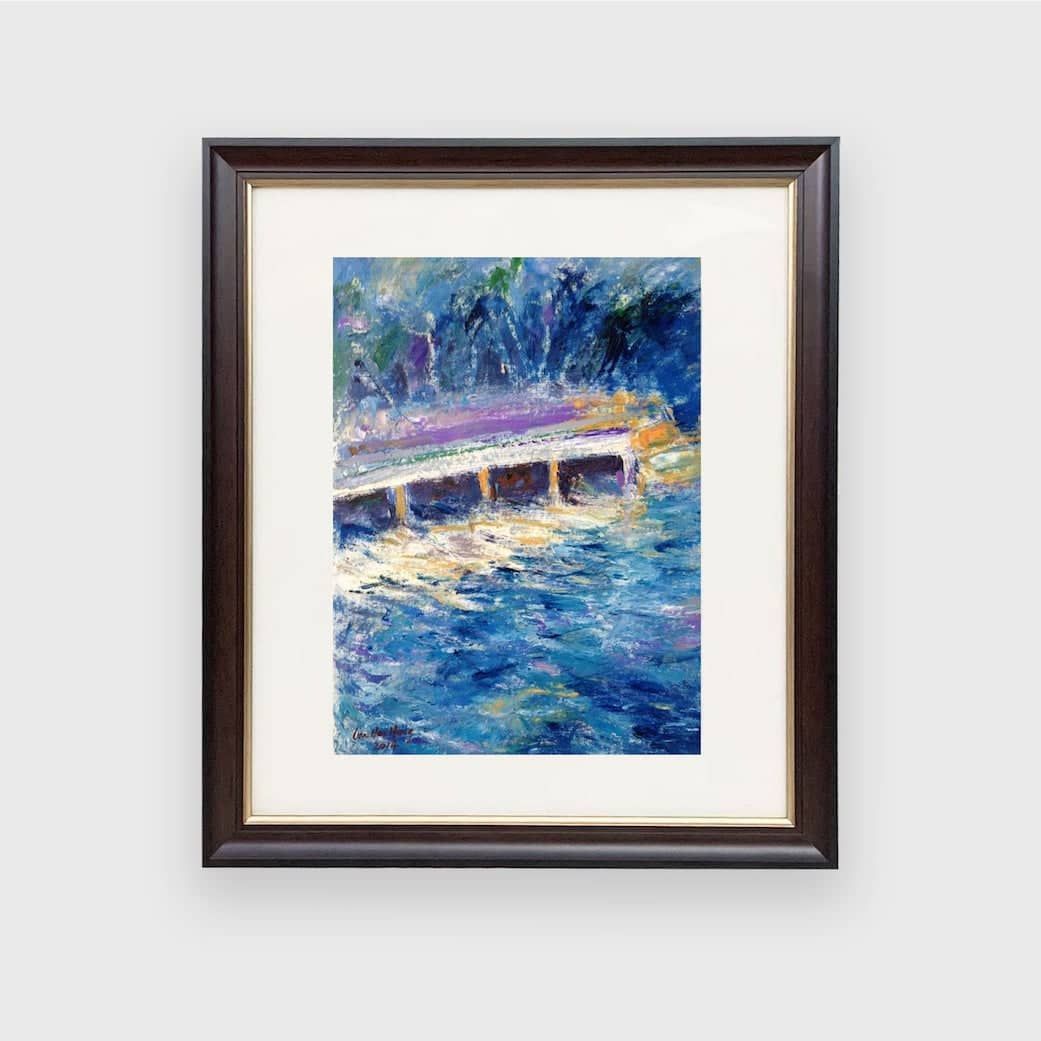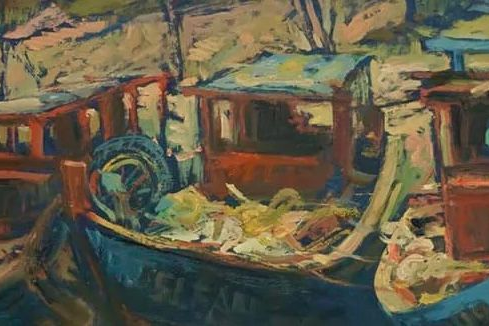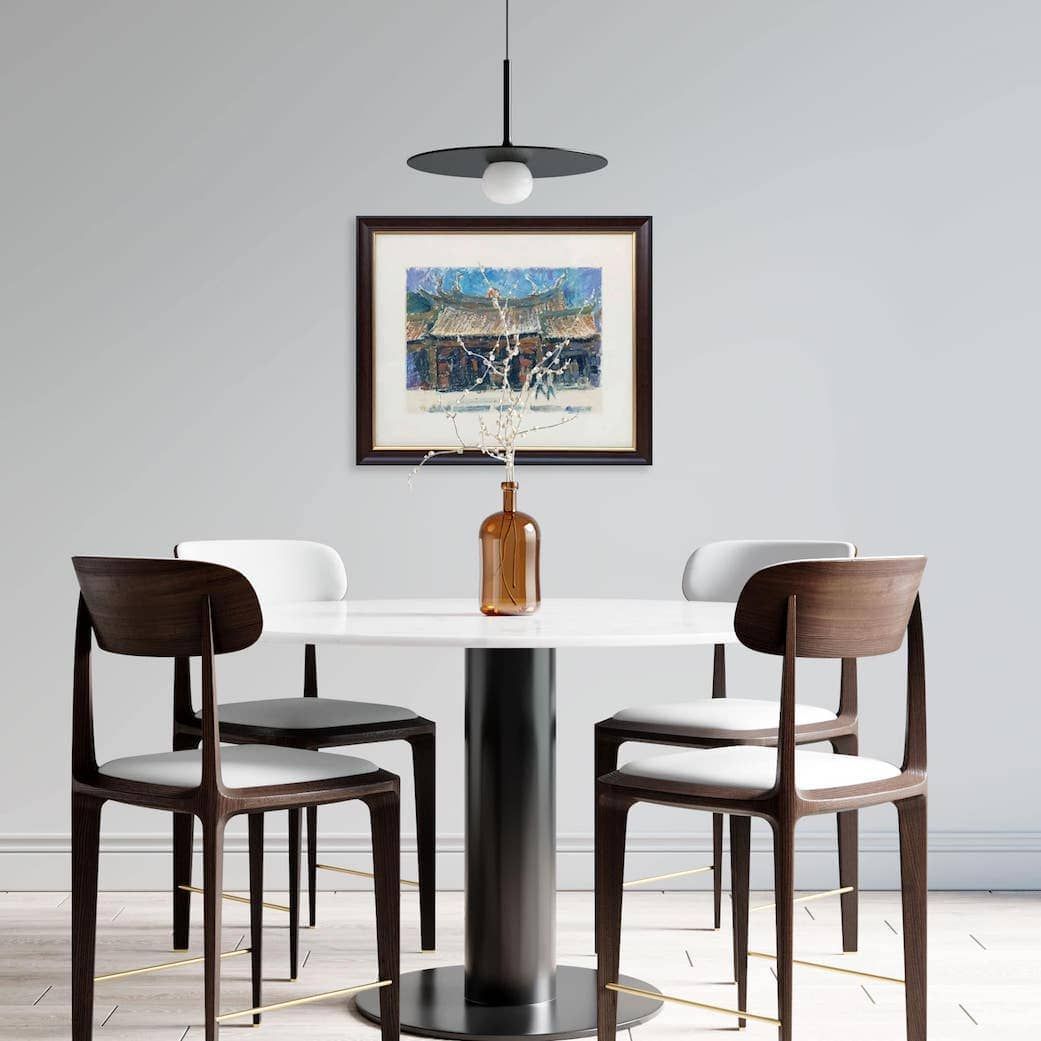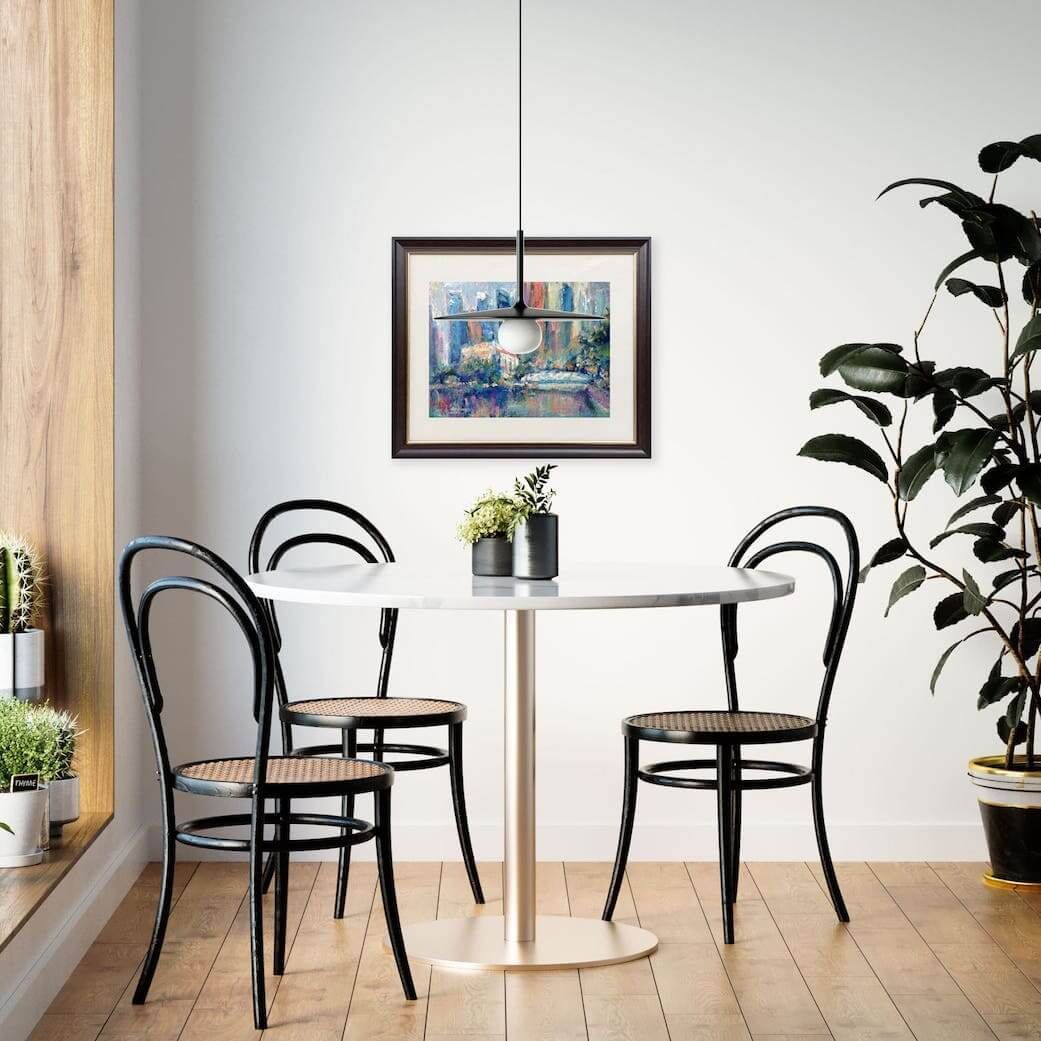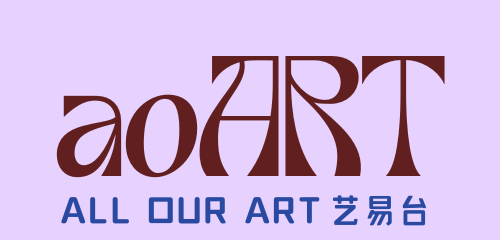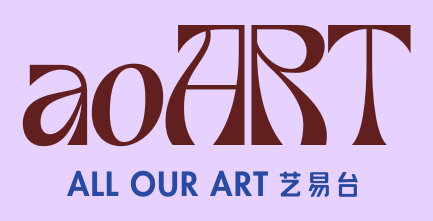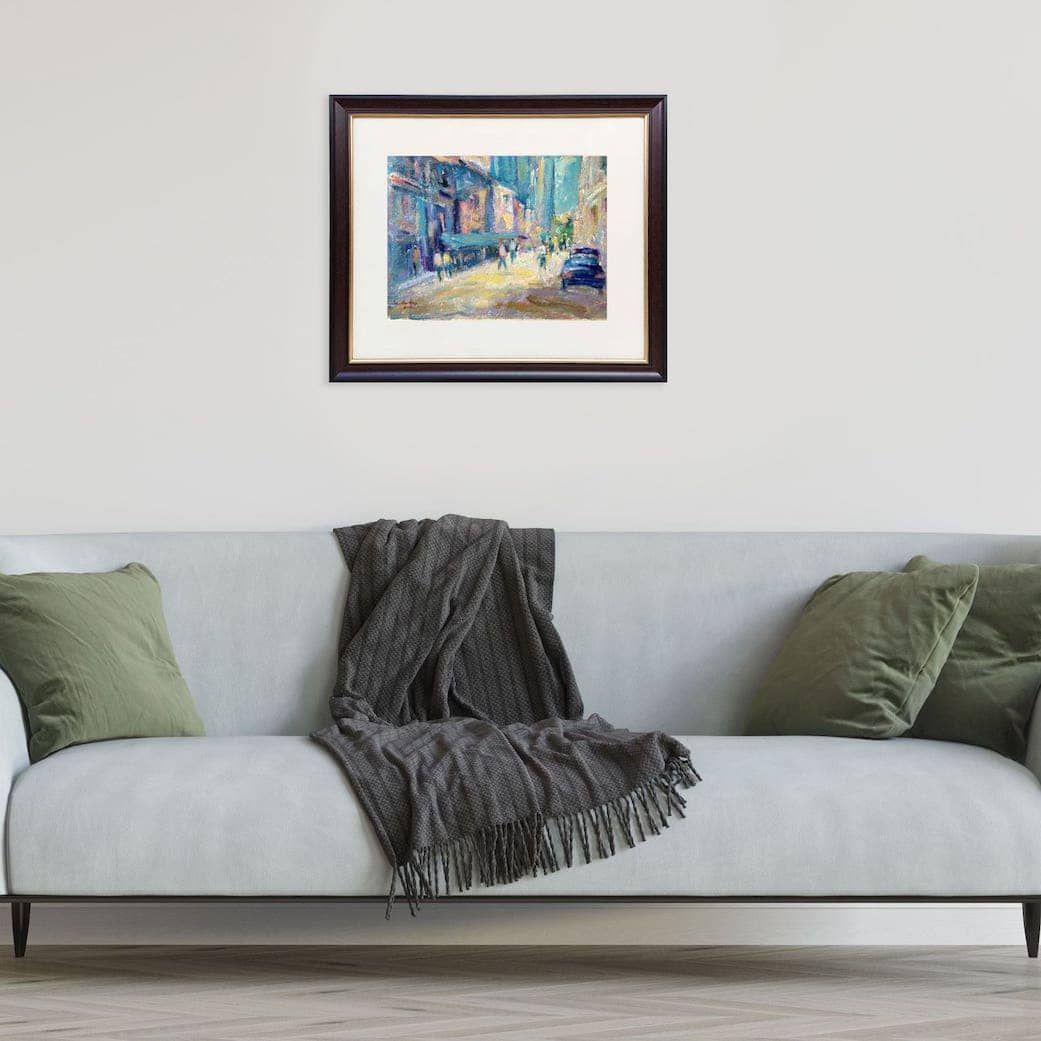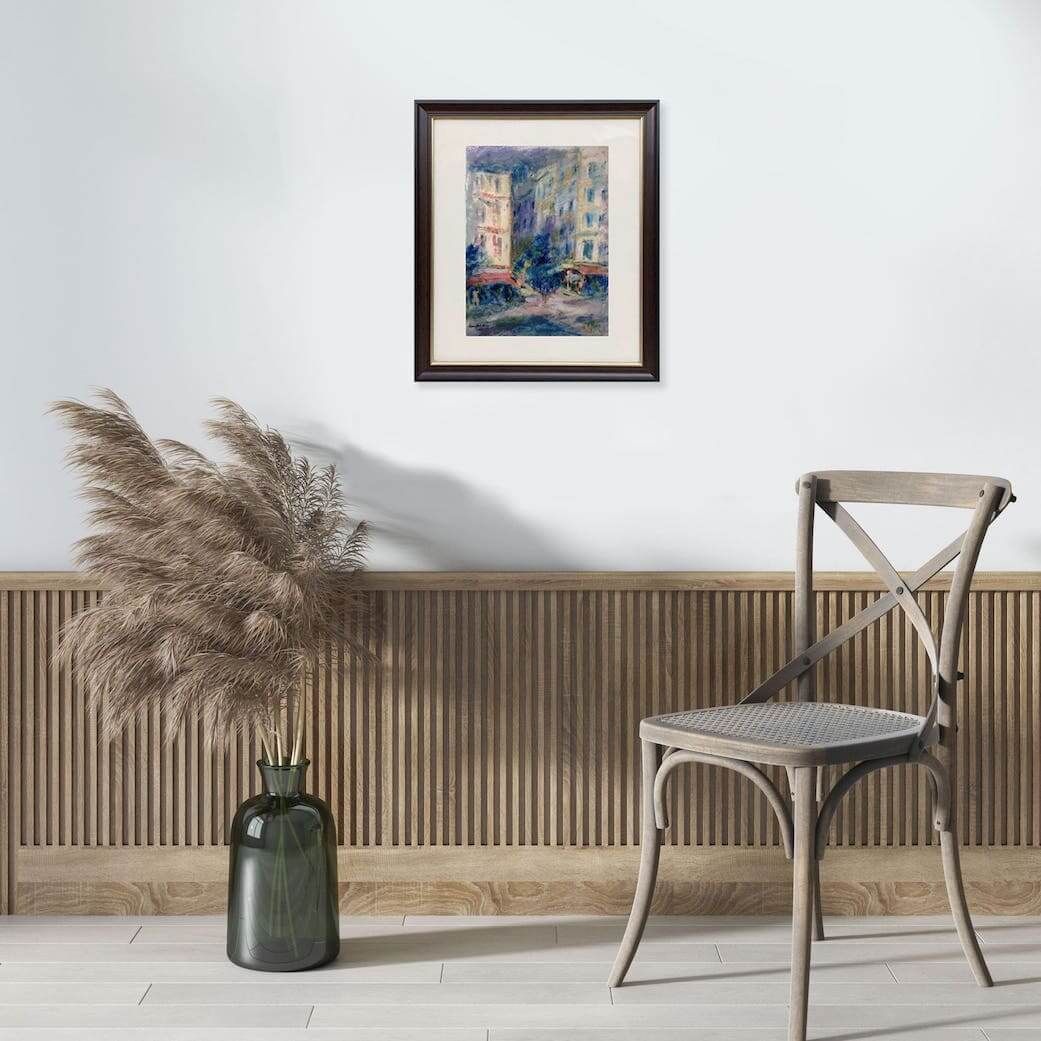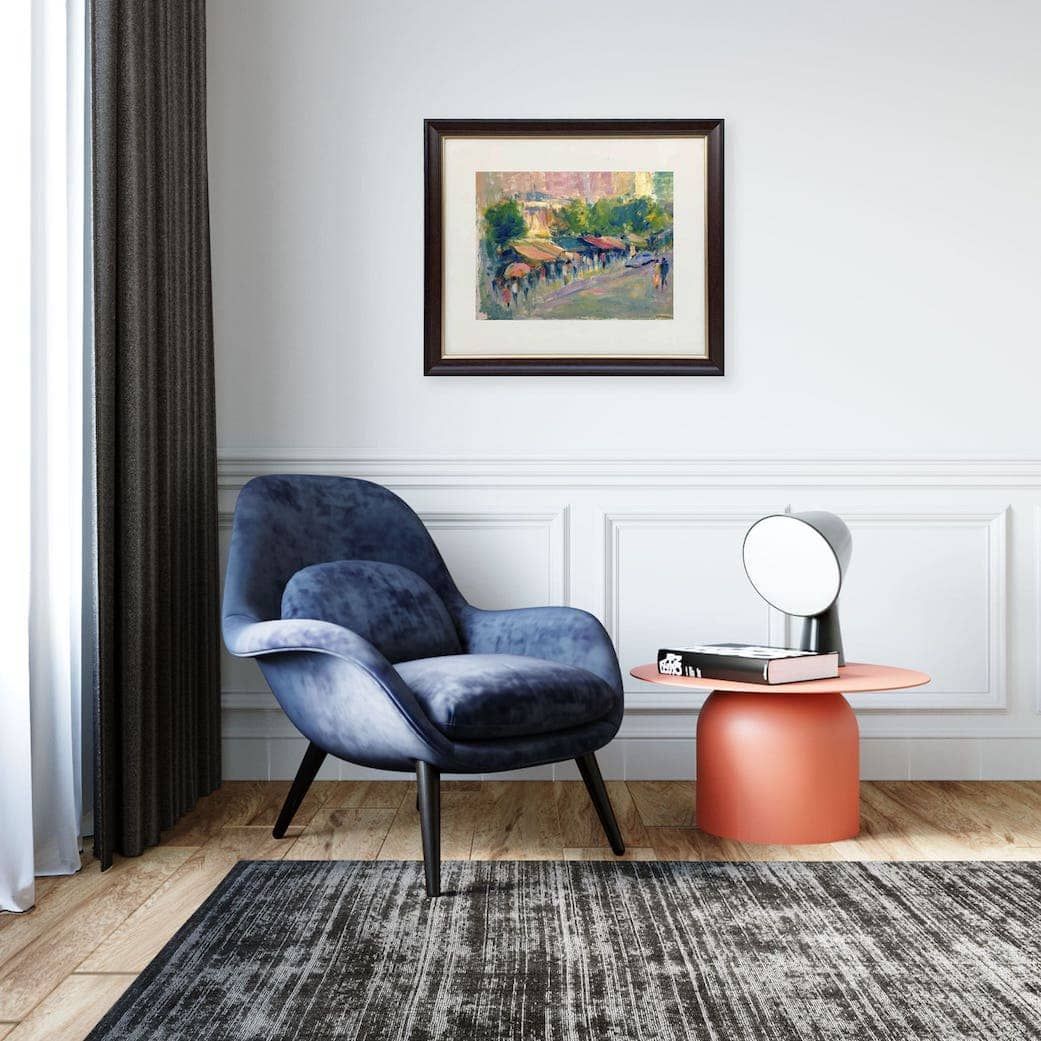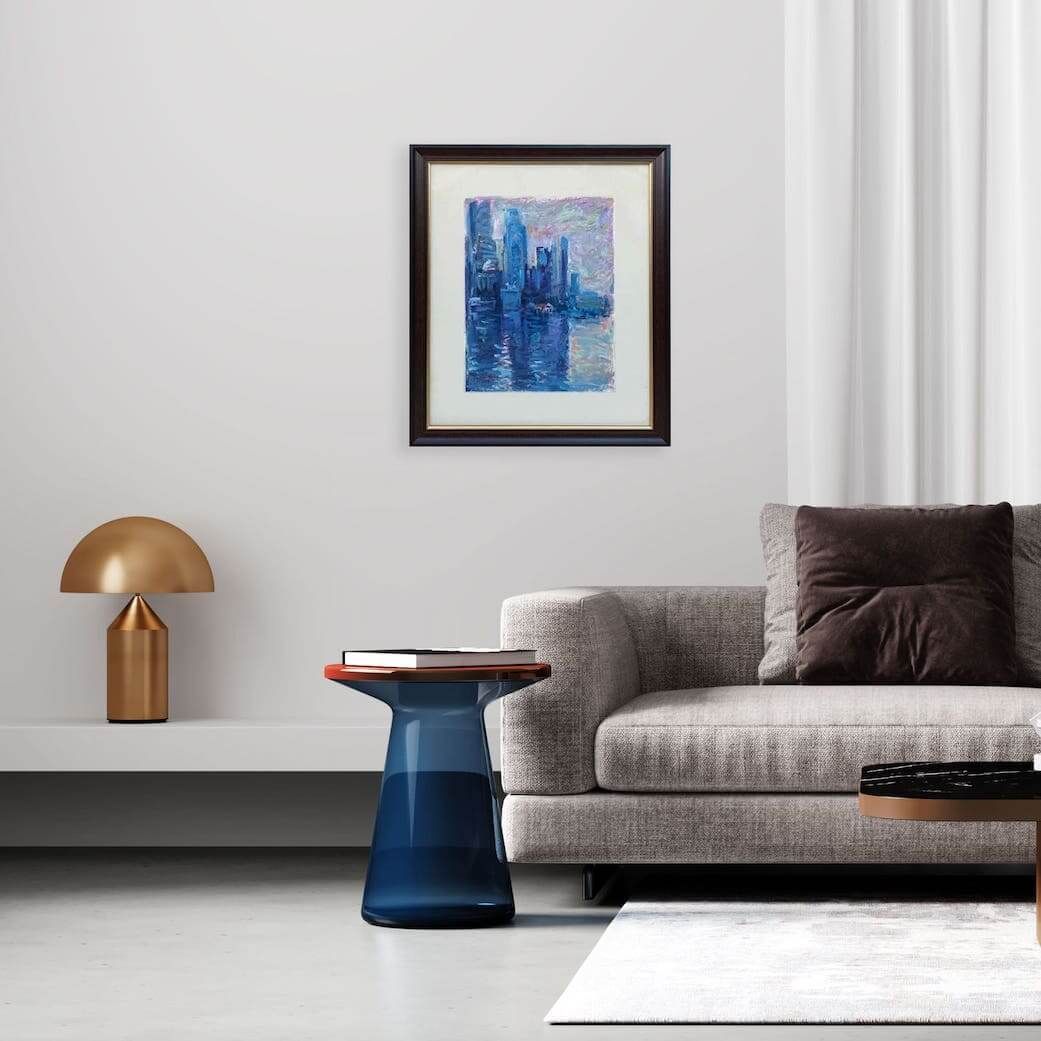How to Invest in Art and Understand Your “Why”
How to Invest in Art: A Step-by-Step Guide
Thinking about how to invest in art can feel a bit daunting at first.
When we talk about art investment, we refer to purchasing artworks with the intention of holding them as appreciating assets.
Unlike stocks or bonds, art investment is not just about the financial potential; it is also about a passion and appreciation for creativity.
Many collectors find joy in surrounding themselves with beautiful pieces, and that is a significant part of the investment.
But here is the thing — the art market is nuanced. Prices do not move as predictably as other investments, and resale can take time.
That said, good pieces often retain or even increase in value over time, especially those by artists with strong reputations or growing recognition.
So, if you are wondering how to invest in art wisely, think long-term and be ready to learn — and enjoy the process.
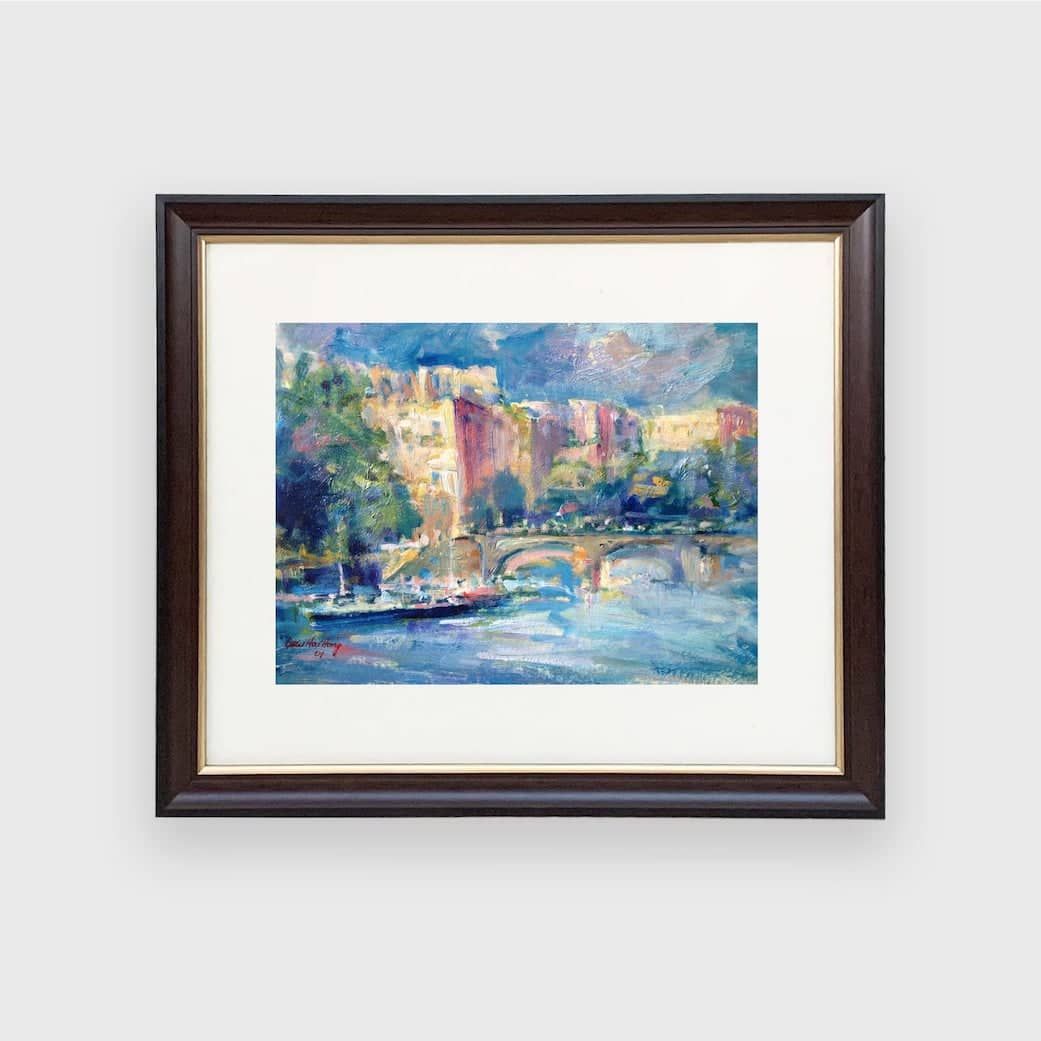
Step 1: Understand Your “Why”
First things first, ask yourself: why do you want to invest in art?
Are you purely looking for financial returns, or do you also want to enjoy the aesthetic pleasure of owning beautiful pieces?
The answer will greatly influence your approach to art investment.
Some people are purely collectors, while others see art as a strategic asset to diversify their portfolio and provide a hedge against inflation.
Ideally, it is a bit of both – a piece you love that also has the potential to appreciate in value.
